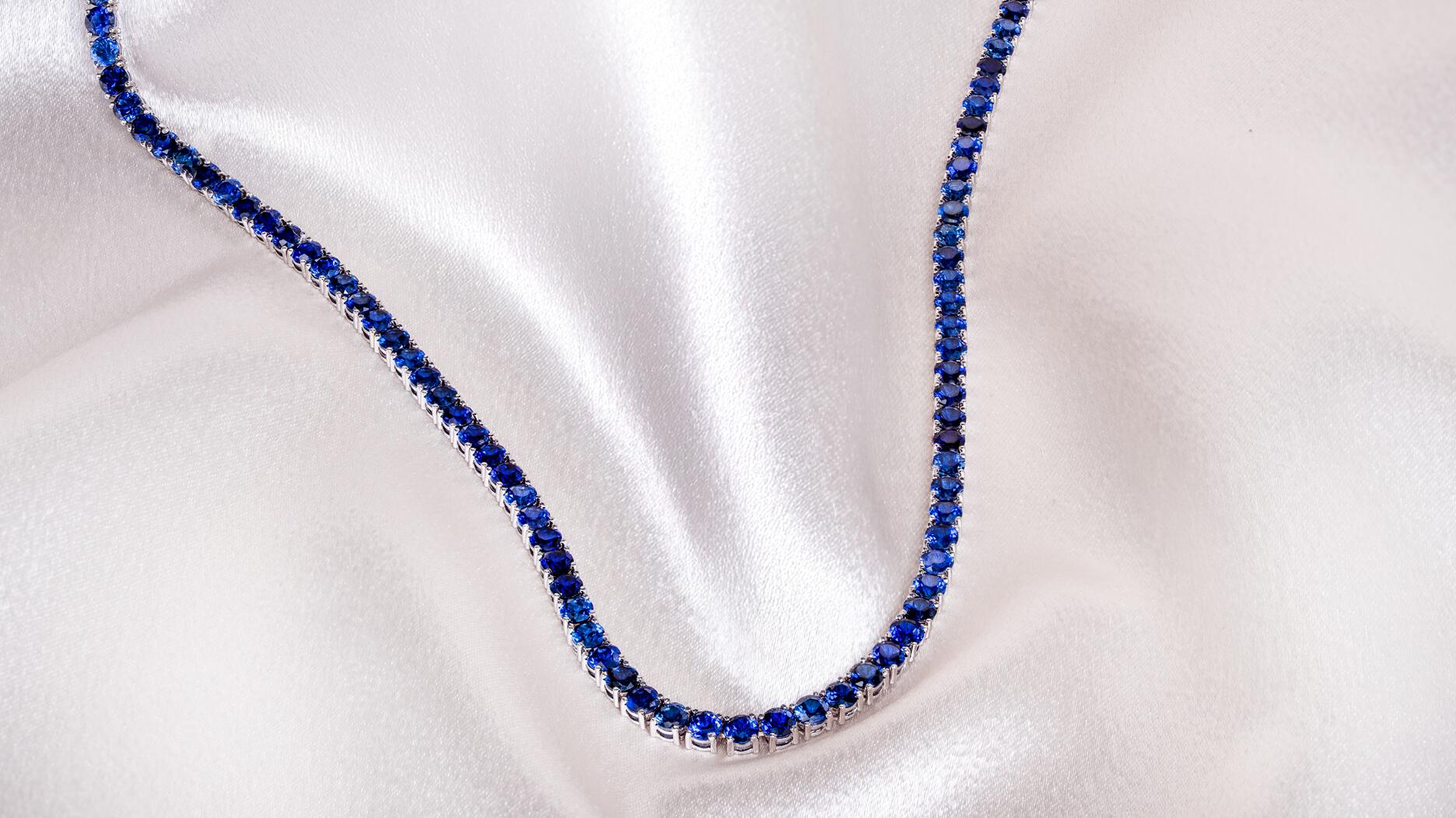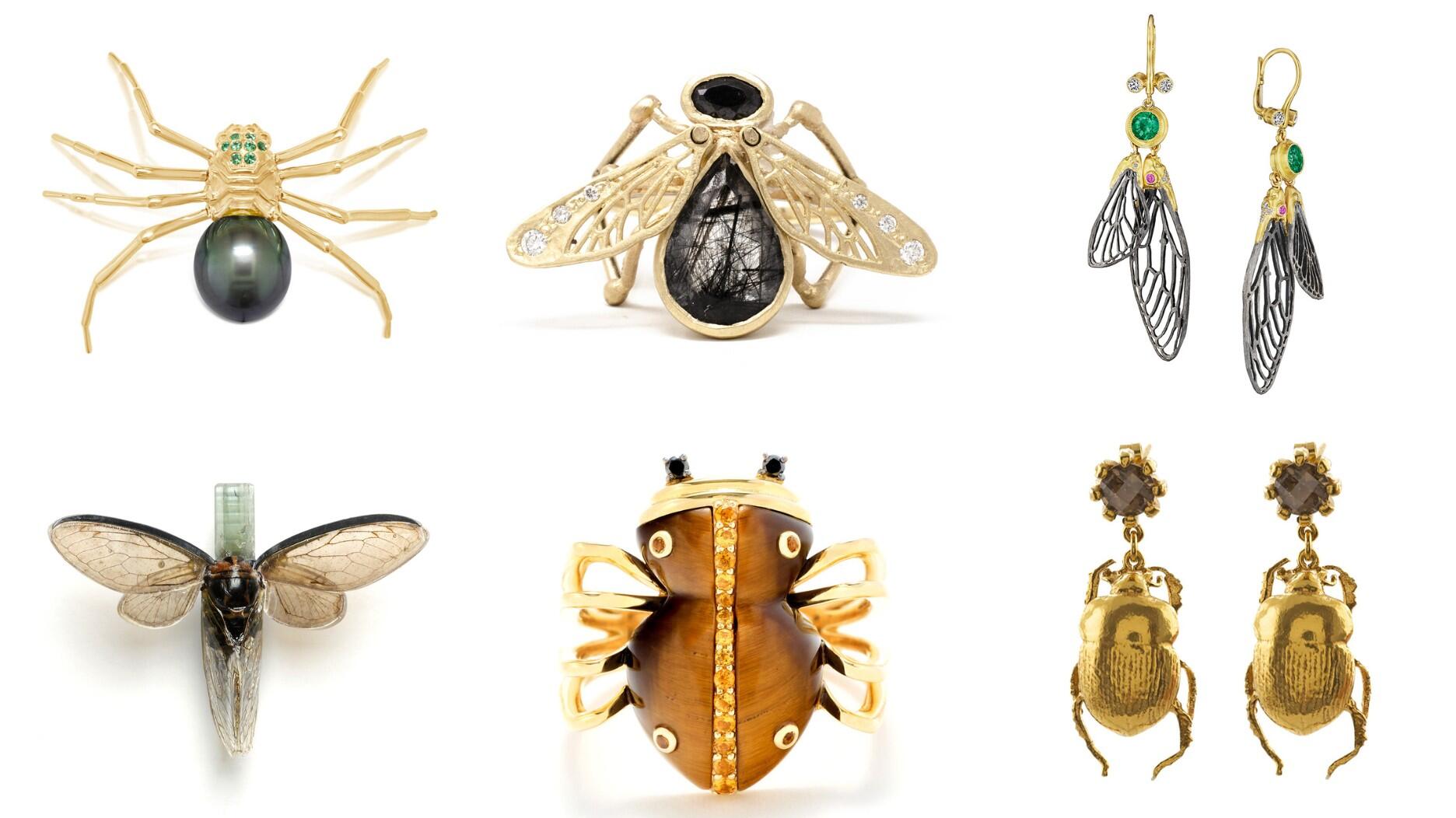Carlos Jose Hernandez and Joshua Zuazo were sentenced to life without the possibility of parole in the 2024 murder of Hussein “Sam” Murray.
De Beers Has Changed This Rule Regarding Rough Diamonds
The company is implementing a policy shift that will allow sightholders to refer to its rough stones as “DTC diamonds.”

In the first week of the new year, Diamonds.net published a story on an issue that deserves at least some attention from the trade.
The online news portal for the Rapaport Group reported that De Beers Group has relaxed its rules on buyers identifying its goods as “De Beers” diamonds further down the supply pipeline, bringing back an old moniker for this new practice.
After being pushed by customers and sightholders to align with supply and demand—that is, the growing demand for source information and the fact that they can already point to their supply of Russian diamonds and say, “these are from Alrosa”—De Beers is now going to allow customers and sightholders to identify diamonds purchased from De Beers as “DTC diamonds,” David Prager, the company’s executive vice president of corporate affairs, confirmed in an interview Friday.
As I’m sure many are aware, the DTC, or Diamond Trading Co., was the name formerly used for De Beers’ sales and marketing arm. The DTC was established in 1934 but the name was retired, so to speak, a few years ago when De Beers Group began renaming everything “De Beers.” The DTC became De Beers Global Sightholder Sales, in the same fashion that Diamdel became De Beers Auction Sales.
The new rule will take effect in either the second sight of the year in February or the third sight in March and will be accompanied by a new website (DTC.com) that will contain information and statistics about De Beers’ mines.
What this means for jewelers at the other end of the supply chain: “When this goes live, a retailer will be able to say, ‘These diamonds come from DTC, they come from Canada, Botswana, South Africa or Namibia,’” Prager said.
They also are free to then explain to customers that the DTC is part of De Beers.
What sightholders and jewelers won’t be able to do, however, is use the name “De Beers” in any marketing collateral.
The company is reserving the use of its legacy name and for good reason.
First, to allow the trade and retailers to market “De Beers diamonds” unchecked through retail outlets would mean the company would have no control over distribution and, as Prager noted, “I think any brand in the world would tell you that’s not a good idea.” (More on De Beers’ expansion from a diamond mining company to a full-fledged brand is below.)
Secondly, De Beers just regained the right to use the name “De Beers” in retail for diamond jewelry, and the company wants it all to itself.
From 2001 to 2017, the name “De Beers” could only be used in connection to the retail sale of diamond jewelry by what was then known as De Beers Diamond Jewellers, the chain of jewelry stores operated in a joint venture between De Beers and LVMH.
But last spring, De Beers Group bought LVMH out of the deal, giving it the ability to use “De Beers” in retail for diamond jewelry freely again.
That’s why jewelers who carry Forevermark might have noticed the De Beers name appearing on the brand’s commercials and marketing materials for the first time.
De Beers also will be using the name in China, a major market for diamond jewelry, Prager said, and made the look of the overall De Beers Group brand mirror that of what is now known as De Beers Jewellers. (This is evident in the fonts on the De Beers Group website.)

So, now, with the De Beers name back in all uses, will the company be doing additional rebranding this year, expanding the name to encompass everything De Beers Group now owns?
Will, for example, the company’s grading lab, the International Institute of Diamond Grading & Research, get a new name that includes “De Beers” and is, perhaps, a bit more palatable?
Prager declined to comment, though he did note the company overall is investing more in the De Beers Group as a brand; specifically, a brand that will be pushing protecting the natural world—see its work with elephants and rhinos—and supporting women and girls as its causes moving forward.
In talking to Prager on Friday, I was reminded of an interesting analysis I heard from Rapaport Senior Analyst and News Editor Avi Krawitz on an industry podcast earlier this year.
The Israel-based industry journalist expounded upon an article published in the August edition of the Rapaport Research Group that looked at the evolution of De Beers over the past decade from a diamond mining company singularly focused on producing as much rough as possible to a brand-centric diamond company with its hands in a little bit of everything—mining, retail, diamond grading and testing, resale of diamonds and consumer-facing brands, namely Forevermark and lab-grown line Lightbox.
I neglected to include the article on my end-of-year reading list for 2018, but it is well worth your time.
If you prefer listening to reading, you can hear Krawitz explain, in his lovely accent, the changes at De Beers over the past decade in the aforementioned episode of the “Inside the Jewelry Trade” podcast (the portion covering changes at De Beers starts around 18:30).
The Latest

Yood will serve alongside Eduard Stefanescu, the sustainability manager for C.Hafner, a precious metals refiner in Germany.

The New Orleans jeweler is also hosting pop-up jewelry boutiques in New York City and Dallas.

How Jewelers of America’s 20 Under 40 are leading to ensure a brighter future for the jewelry industry.

Set in a Tiffany & Co. necklace, it sold for $4.2 million, the highest price and price per carat paid for a Paraíba tourmaline at auction.


The jeweler’s “Deep Freeze” display showcases its iconic jewelry designs frozen in a vintage icebox.

Take luxury gifting to new heights this holiday season with the jeweler’s showstopping 12-carat sphene ring.

Roseco’s 704-page catalog showcases new lab-grown diamonds, findings, tools & more—available in print or interactive digital editions.

This year's theme is “Unveiling the Depths of the Ocean.”

In its annual report, Pinterest noted an increase in searches for brooches, heirloom jewelry, and ‘80s luxury.

Starting Jan. 1, customers can request the service for opal, peridot, and demantoid garnet.

The 111-year-old retailer celebrated the opening of its new location in Salem, New Hampshire, which is its third store in the state.

The new catalog features its most popular chains as well as new styles.

The filmmaker’s personal F.P. Journe “FFC” prototype was the star of Phillips’ recent record-setting watch auction in New York.

The new location in the Design District pays homage to Miami’s Art Deco heritage and its connection to the ocean.

Inflations, tariffs, and politics—including the government shutdown—were among consumers’ top concerns last month.

“Longtime favorite” presenters, as well as first-time speakers, will lead talks and workshops at the annual event in Tucson next year.

Silas Smith of Meridian Metalworks won the challenge with his pendant that blends Australian and American landscapes.

The sale of the 31.68-carat, sunset-hued stone was part of Sotheby’s first series of events and auctions in Abu Dhabi.

Most customers who walk into your store this month have made up their minds. Your job is to validate their choice, Emmanuel Raheb writes.

The collection features characters and motifs from Ukrainian folklore, including an enchanted mirror and a magic egg.

MatrixGold 3.11, the newest version of the jewelry design program, offers more flexibility, precision, and creative control.

The pavilion will be part of the 2026 JA New York Spring show, scheduled for March 15 to 17.

Kadet, a 1994 National Jeweler Retailer Hall of Fame inductee, helped grow the family-owned retailer in the Chicago area and beyond.

Billed as the world’s smallest wearable, Lumia Health’s new smart earrings have a health tracker subtly embedded in the back.

Don’t let those with December birthdays feel blue. Help them celebrate their month with blue zircon, turquoise, and tanzanite.

The new pink sapphire version of the piece dances with its wearer in the brand’s “Icons After Dark” holiday campaign.


























